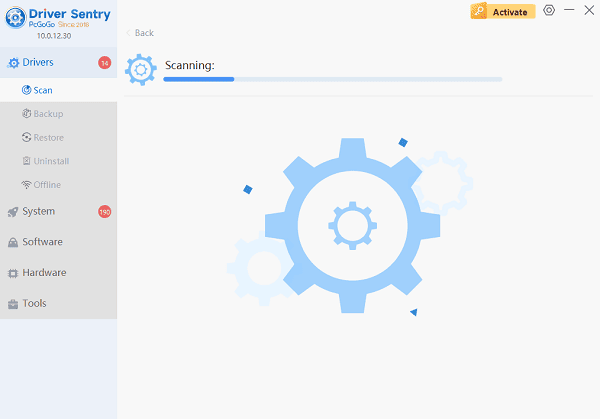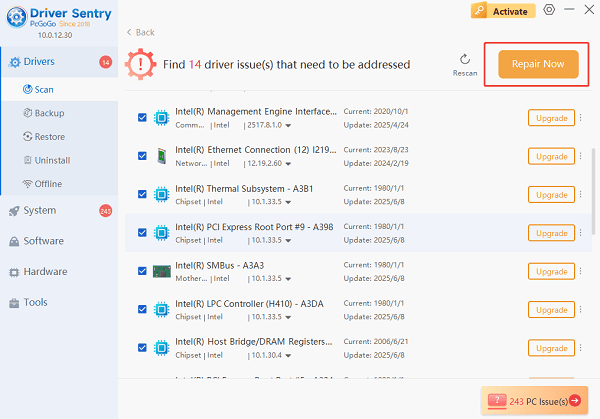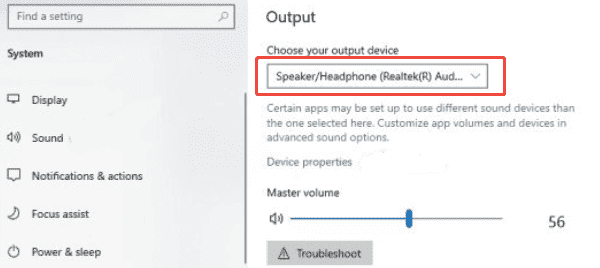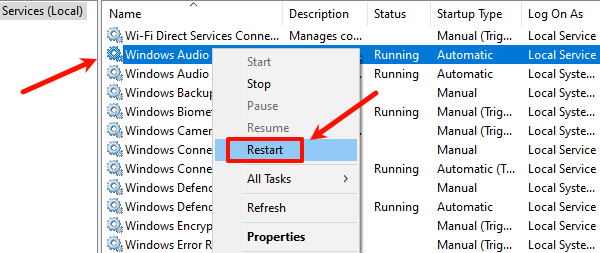
Suddenly losing audio on your PC or laptop is a frustrating experience, whether you're trying to join a video conference, watch a movie, or game. When you have no sound on your computer, the cause is almost always software-related, typically involving misconfigured settings, disabled devices, or—most frequently—outdated or corrupted audio drivers.
Don't assume your speakers are broken yet! This comprehensive guide provides step-by-step methods to systematically diagnose and fix all common audio problems on Windows.
1. Update Your Audio and System Drivers
Since audio is entirely dependent on communication between your operating system and your sound card (Realtek, NVIDIA HD Audio, etc.), an outdated or faulty audio driver is the number one suspect when sound fails.
Furthermore, unstable Chipset Drivers can prevent the operating system from properly recognizing the sound hardware itself. Driver Sentry is an efficient tool that performs a deep scan of your entire system, identifies missing or outdated drivers, and installs the correct, stable versions, ensuring your audio card and related hardware are functioning flawlessly.
Download and Install:
Click the "Download" button to download the software package.
Install it on your Windows PC.
Scan Your System:
Launch the application. Click "Scan".
Driver Sentry will automatically perform a thorough scan to identify all outdated drivers, focusing specifically on your Audio Driver and your Chipset Drivers.

One-Click Update:
The results will show you a list of all drivers that need attention. Simply click the "Repair Now" button.

The tool will download and install the correct, verified versions of every driver at once.
Restart Your PC:
Once the installation is finished, it's crucial to restart your computer to integrate the new drivers fully and allow the system to correctly initialize the sound hardware.
2. Software and Configuration Solutions
After updating drivers, perform these quick checks to rule out simple configuration errors.
Method 1: Check Device Output Selection
Windows may be sending audio to the wrong device (like a monitor or disconnected Bluetooth headset).
Access Volume Mixer: Click the speaker icon in your taskbar (system tray).
Select Correct Device: Above the volume slider, click the caret (∧) or the name of the currently selected device.
Change Output: A list of all connected audio devices will appear. Select the correct output device (e.g., "Speakers (Realtek Audio)" or the name of your headphones).

Method 2: Restart the Audio Services
The Windows Audio service might have stopped running due to a temporary glitch.
Open Services: Press Windows Key + R, type "services.msc", and press Enter.
Locate Audio Services: Find "Windows Audio" and "Windows Audio Endpoint Builder".
Restart: Right-click on each service and select "Restart". Ensure the "Startup type" for both is set to "Automatic".

3. Advanced System and Device Troubleshooting
If the above methods fail, you may need to manually troubleshoot the sound hardware itself.
Method 1: Troubleshoot the Device in Device Manager
Your audio device may be disabled or hidden.
Open Device Manager: Right-click the Start button and select "Device Manager".
Check for Disabled Devices: Expand the "Sound, video and game controllers" section.
Enable Device: If your main sound card (e.g., Realtek) has a down arrow icon next to it, right-click and select "Enable device".
Show Hidden Devices: Click "View" in the top menu and select "Show hidden devices". This can reveal a previously disabled output device that needs to be manually enabled.
Method 2: Run the Windows Audio Troubleshooter
Windows has a powerful built-in tool specifically for diagnosing and fixing audio problems.
Open Settings: Press Windows Key + I to open the Settings app.
Access Troubleshoot: Go to System > Troubleshoot > Other troubleshooters.
Run Audio Troubleshooter: Find "Playing Audio" and click "Run the troubleshooter". The troubleshooter will automatically detect and attempt to fix common issues.

Conclusion
Losing sound on your computer can be alarming, but the fix is usually found in software. By prioritizing system stability and updating your audio and chipset drivers with a tool like Driver Sentry, then methodically checking your Windows settings, output selection, and device status, you can effectively resolve most "no sound" issues and restore full audio functionality to your PC.